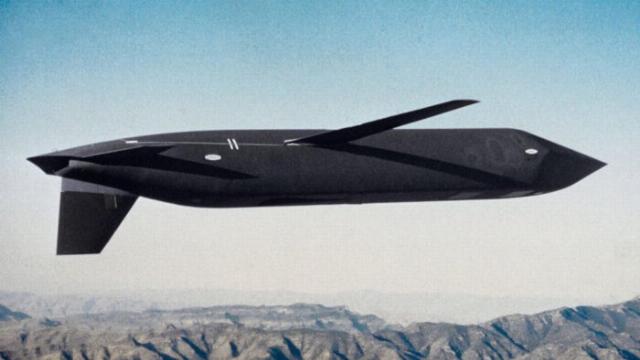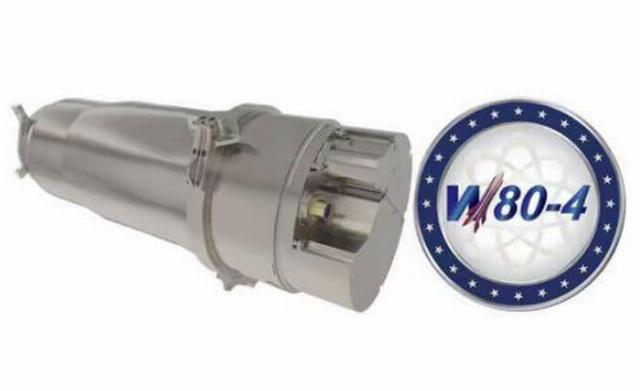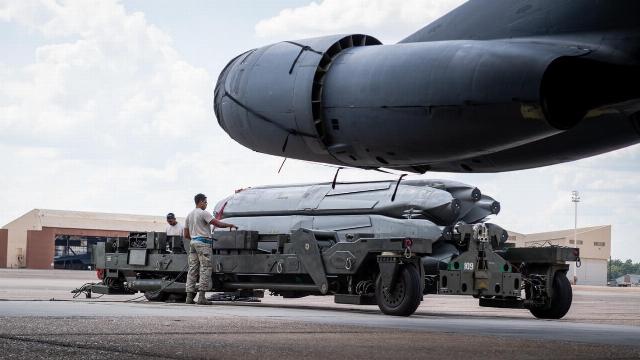According to open foreign sources, in 2027, units of the strategic bomber aviation of the US Air Force will begin to adopt long-range AGM-181A air-launched cruise missiles with a special warhead model W80-4.
This rocket is equipped with an upgraded F107-WI-106 turbofan engine, which provides speeds of up to Mach 0.8 and a range of up to 2,500 km.

The appearance of the AGM-181A RCB database
The AGM-181A was designed using solutions tested on the Joint Air-to-Surface Standoff Missile (JASSM) AGM-158 modifications B, C,D and XR.
The effective scattering area of this missile is 0.001 square meters, which was made possible by the complex profile of the hull. American experts paid special attention to reducing the visibility of the rocket in the infrared range.
The automatic piloting and guidance system consists of an inertial module, a terrain tracking system, a noise-proof multi-channel receiver of the GPS global positioning system signal and a passive IR/laser homing head. Together, this ensures a fairly high accuracy of damage – the circular probable deviation does not exceed 10 m.
Regarding the special warhead (warhead) under the W80-4 index (has a variable capacity from 5 to 150 kT in TNT equivalent), it is known that the following organizations are involved in the production process:
- Los Alamos National Laboratory (New Mexico) – development of a uranium warhead and fuse;

Los Alamos National Laboratory
- Lawrence Livermore National Laboratory (California) – Warhead and plutonium booster design development;
- Sandia National Laboratories (New Mexico) - development of an on–board power supply system;
- Panteo plant (Texas) – production of a plutonium booster, initiator, as well as a general assembly of warheads;
- National Security Center Y-12 (Tennessee) – production of the uranium part.

The appearance of a special warhead modification W80-4
Thanks to the use of ultrapure plutonium, American designers managed to reduce the mass of the warhead to 130 kg (initially 190 kg) and reduce the intensity of ionizing radiation. For comparison, the mass of the conventional warhead of the AGM-158 missile is 260 kg.
As you know, for the first time, a project to develop an air defense system under the designation LRSO (Long Range Stand Off) was launched by the US Air Force back in March 2014 to replace the outdated AGM-86 and to supplement the AGM-129 stocks.
At the first stage, Raytheon and Lockheed Martin received US$ 900 million each to carry out the conceptual stage of the development of a new missile attack system (designated YAGM-181A and YAGM-180A, respectively), designed to equip B-52 strategic bombers in the H and J, B-2A and B-21 versions.
By 2017, the US Air Force had decided on suppliers – Raytheon was selected. As part of the contract for the production of a pre–production batch of missiles worth $ 2 billion, Raytheon conducted 9 tests between July 2021 and March 2023.
According to the supply contract, worth $16 billion, Raytheon is obligated to supply 1,020 AGM-181A missiles to the US Air Force from 2027 to 2030. The cost of after-sales service over 30 years will amount to 7 billion US dollars.

